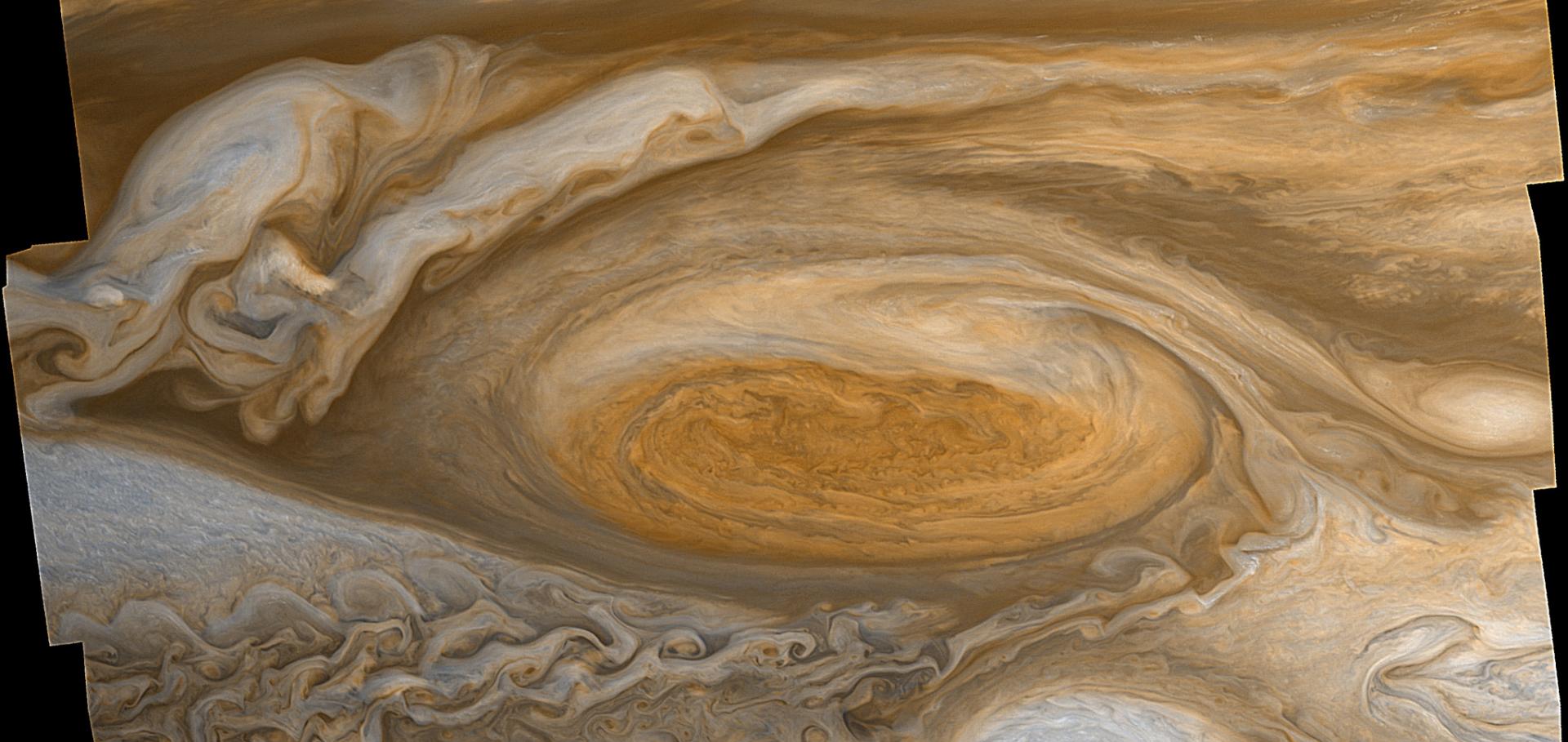A calibrated, non-invasive method for measuring the internal interface height field at high resolution in the rotating, two-layer annulus
GEOPHYSICAL AND ASTROPHYSICAL FLUID DYNAMICS 98:6 (2004) 453-471
An intense stratospheric jet on Jupiter
Nature 427 (2004) 132-135
Estimation of dynamical invariants without embedding by recurrence plots
CHAOS 14:2 (2004) 234-243
Nonconservation of Ertel potential vorticity in hydrogen atmospheres
JOURNAL OF THE ATMOSPHERIC SCIENCES 61:15 (2004) 1953-1965
Predicting weather conditions and climate for Mars expeditions
SCI TECH 107 (2004) 3-21


